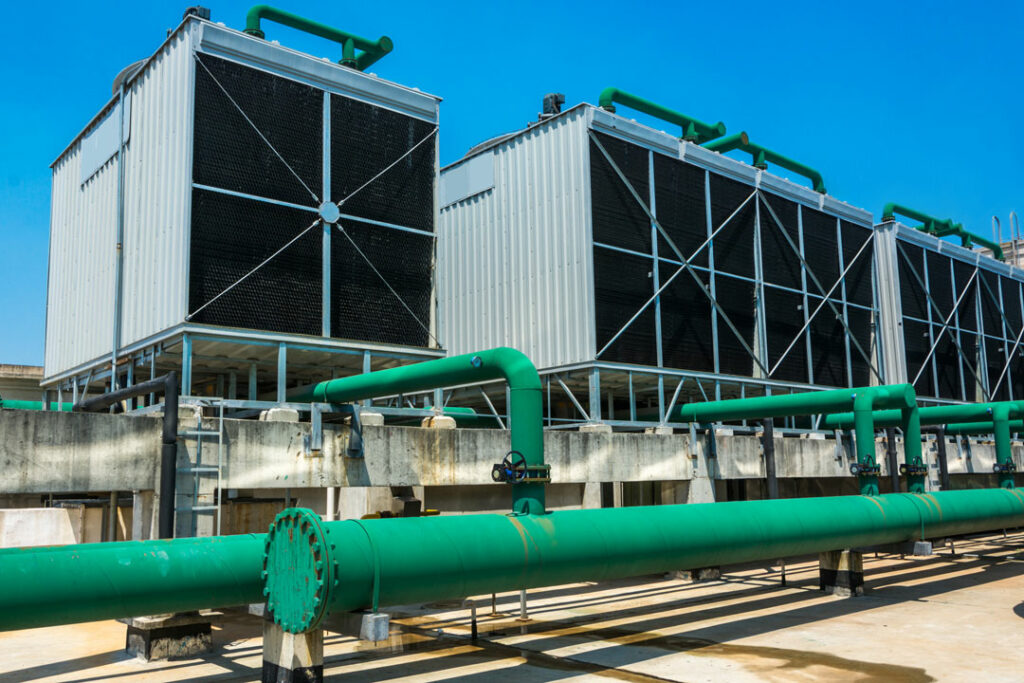The Art of Harmony: Precision, Patience, and Balancing Work in Japan
Have you ever been impressed by the meticulous craftsmanship or unwavering dedication often associated with the Japanese work ethic? There’s a deeper cultural understanding behind these traits, and it goes beyond just a long workday.
The Art of Meticulousness (Seiketsu):
Imagine a perfectly balanced rock garden, a testament to patience and precision. This reflects the emphasis on Seiketsu (清潔), meaning cleanliness and order. In the workplace, this translates to a focus on detail, accuracy, and well-defined processes.
The Power of Patience (Gaman):
Building on Seiketsu is Gaman (我慢), the concept of perseverance and patience. Just like mastering the art of rock balancing requires focused effort, Japanese work culture values the ability to overcome challenges and persist through difficulties.

Balancing Work and Harmony (Wa):
Japan is known for emphasizing Wa (和), meaning harmony. This extends to the work environment, where collaboration and prioritizing the team’s success are valued. Long hours might be considered dedication, but they also reflect a desire to maintain group harmony and avoid letting down colleagues.
Understanding These Concepts:
These principles aren’t just about working long hours. They represent a cultural approach prioritizing quality, dedication, and a sense of collective responsibility.
How Can You Apply This?
While cultural contexts differ, the emphasis on precision, patience, and a team-oriented approach can benefit any workplace. Consider incorporating these elements to foster a more focused, collaborative, and high-quality work environment.
The Art of Harmony: Precision, Patience, and Balancing Work in Japan Read More »

